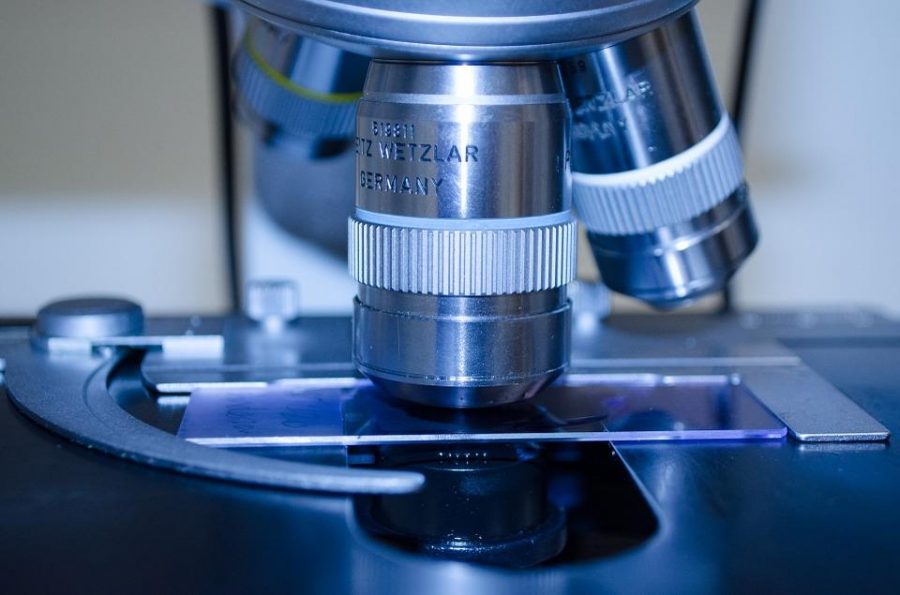Every week, Daily Iowan science reporter Kasra Zarei will write STEM-related pieces to communicate science to a broader audience.
By KASRA ZAREI
A recently published study by UI researchers could present an off-the-shelf technique to treat patients with stroke using cell-based therapies clinically stored in cryobanks.
According to the Centers for Disease Control and Prevention, strokes kill almost 130,000 Americans each year. Before therapy is successfully administered for stroke, tissue is cut off from oxygen and dies within hours, leading to numbness, vision loss, or death of the patient.
The research of James Ankrum, University of Iowa assistant professor of biomedical engineering, focuses on generating improved cell-based therapies, a type of treatment in which instead of using drugs, donor cells are administered to a patient.His research could present a solution to what some consider a prevalent medical emergency.
His lab focuses on mesenchymal stem cells, a rare cell type most commonly found in the bone marrow that can provide repair functions.
“[The goal] is to develop new techniques that influence the behavior of these cells so that they are ready to be used under specific conditions,” Ankrum said.
Approved for therapeutic use in Japan and India, such therapies and applications are hitting the market, but there are issues that must be addressed to make these therapies predictable.
For the recent study, Ankrum worked with Markus Kuehn, a UI associate professor of ophthalmology. Kuehn used the research to focus on treating stroke to the eye.
“For a clinical application, this has to happen pretty quick,” Kuehn said. “Currently, stem cells are carefully prepared by specialized laboratories with properly trained individuals. This does … not help in rural settings where access to specialized clinical technologies and treatments is substantially limited.”
Kuehn also said this process can take up to weeks.
Another issue they came across is discovering whether freezing mesenchymal stem cells disrupts their ability to function.
“We wanted to know if we could take cells directly out of a cryobank, or freezer and immediately administer them without having any ill effects,” Ankrum said. Ankrum said he and Kuehn looked at the cell-therapy ability from numerous angles, all of which were preserved through the cryopreservation process.
“These cryopreserved cells performed as well as fresh cells that had been grown in the lab for days,” said Oliver Gramlich, a UI research scientist who spearheaded the study.
The researchers said they are hopeful that on-site, in an emergency unit, it could potentially be used to store cell-based treatments and immediately use them.
Ankrum said he is excited about the opportunities this research could bring.
“The ability to see something that nobody has ever seen before — that is the opportunity that research offers,” Ankrum said. “You can be the first person in the existence of the world to see some phenomenon.”



